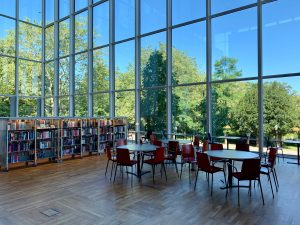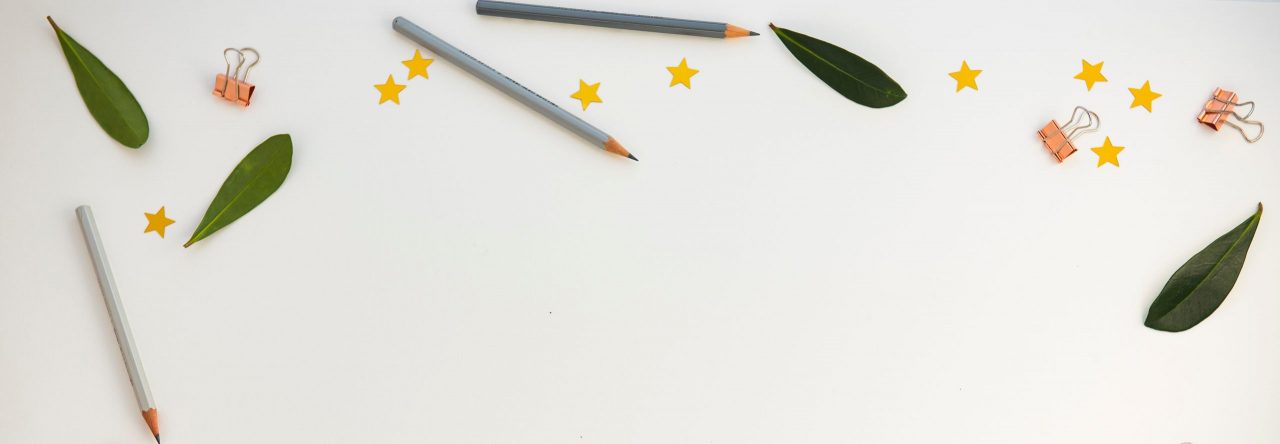Hej alla och välkommen! Hope everyone has had a fantastic week! I know I have, especially after learning more about Sweden! My inquiry has led me to find out a lot about the Swedish Educational System and also continue my Swedish language journey. I hope you find this week’s post to be informative!
Education in Sweden
- Schooling can start at age 1 in Sweden in the form of förskola, or preschool. Förskola can be attended until a child reaches age 5 and is subsidized through municipal funding that depends on the family’s employment and education.
- Swedish Förskola’s are based around play-based learning and they emphasize equality. Children are taught that they can grow up and become anything they want to be, regardless of their gender.
- Mandatory schooling begins for all children at age 6. There are four stages of this mandatory schooling: Förskoleklass (“preschool year” or Kindergarten), Lågstadiet (years 1–3), Mellanstadiet (years 4–6) and Högstadiet (years 7–9). Before and after school care is also offered for all children.
- There is also something called Sameskolor which is schooling for children of the indigenous Sami peoples. I hope to do a future blog post that focuses on the Sami peoples.
- Upper secondary school is called Gymnasium (years 10-12). It is optional and students can decide between national programs (which prepare the students for higher education) and vocational programs. If students do not pass the entrance exams to get into national programs, they can take “introductory programs” that will help them eventually get into the university preparatory programs.
- There are also gymnasiums that are specifically for special education, sports, and fine arts.
- In 2017, approximately 90 percent of Gymnasium students received their diploma.
Next week I will research more about the educational system and the country’s new advances in their curriculum.

Photo by Drahomír Posteby-Mach on Unsplash
Today I have reached a 15-day streak on Duolingo. I am having a great time learning new words and phrases. I have even taught some words to my friends who are also going to Sweden. For the past week, I have been learning how to connect the words that I already know into phrases and sentences.
My evergrowing list of Swedish words/phrases that I have learned on Duolingo:
- A boy = En pojke
- A girl = En flicka
- A woman = En Kvinna
- I am a woman = Jag är en kvinna
- A man = En man/ Mannen
- Drinking = Dricker
- Water = Vatten
- Eating = äter
- And = Och
- A = Ett
- Bread = Bröd
- A book = En bok
- A menu = En meny
- You = Du
- Have = Har
- A/one/an = En and Ett
- Newspaper = Tidning
- A letter = Ett brev
- The child = Barnet
- Milk = Mjolk
- It = Det
- Read = Läser
- She = Hon
- He = Han
- Are/Is = är
- We = Vi
- You = Du
- Sandwich = smörgås
- They = De
- Rice = Ris
- Good morning = God morgon!
- Yes = Ja
- Please = Snälla
- So = så
- Then = då
- You are welcome = Varsågod
- Hello = Hej or Hållo
- Everyone = Alla
- Welcome = Välkommen
- I am sorry = Ursäkta
- Food = mat
- Pasta = Pasta
- Breakfast = Frukost
- Fruit = Frukt
- Sugar = Socker
- Cheese = Ost
- Coffee = Kaffe
- Lunch = lunch
- Good bye = Hej då
- Dog = hund
- Moose = älg
- Cat = Katt

Leave a Reply
You must be logged in to post a comment.